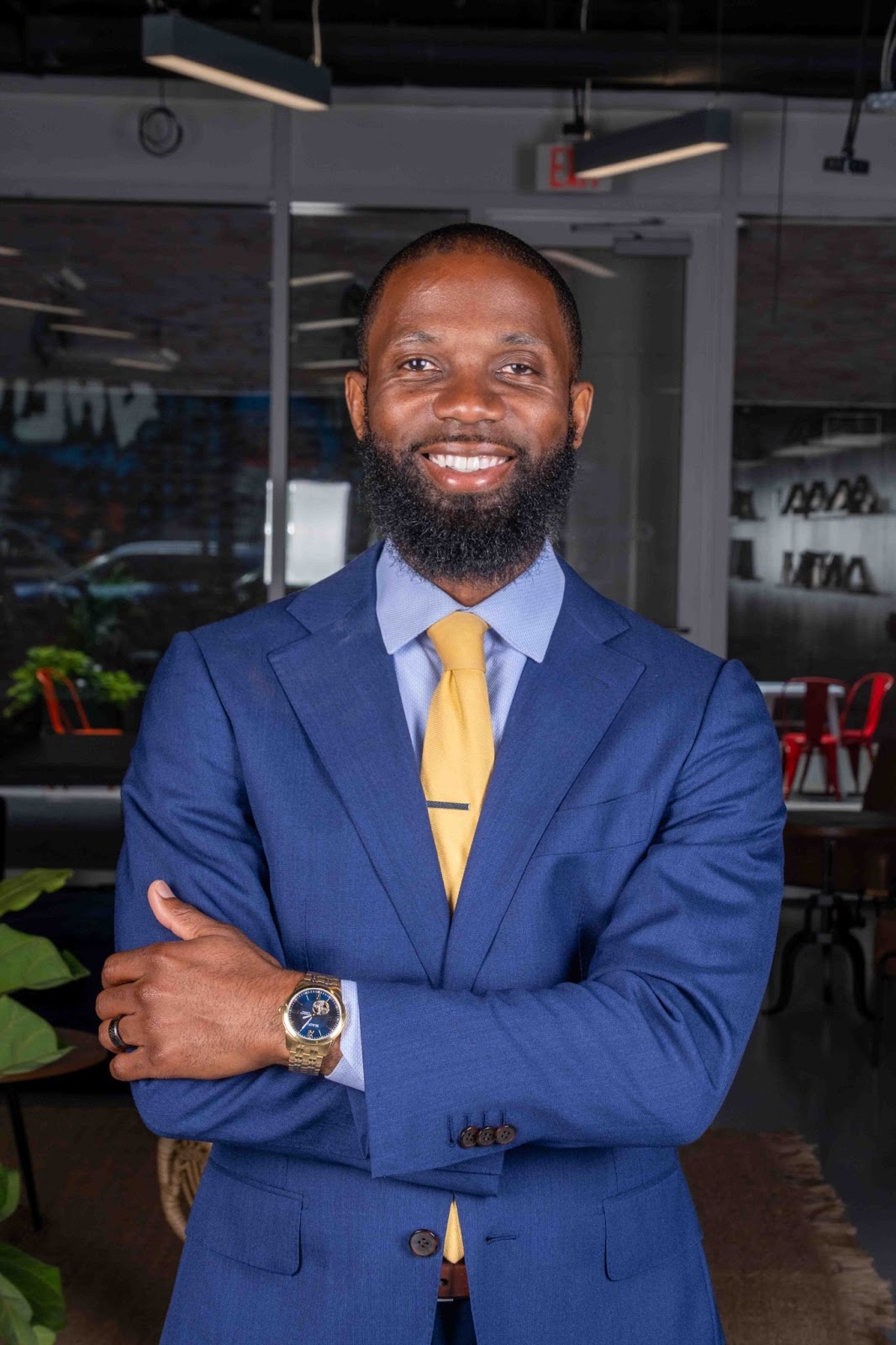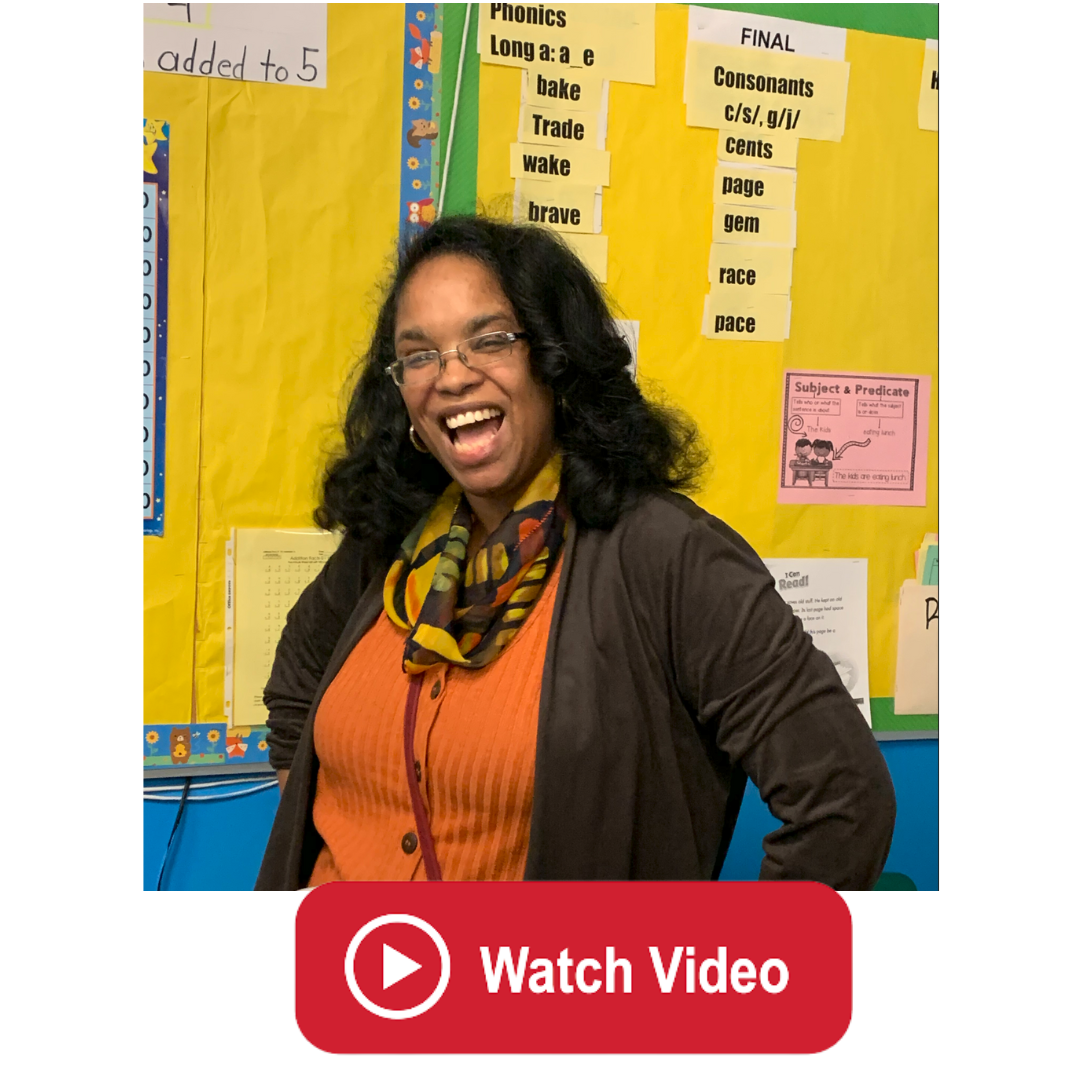The Difference Between a Paraprofessional and a Full-time Teacher

Diverse personnel make school districts sparkle, with teachers just part of the big, interconnected network dedicated to learning. Support staff like administrative workers, counselors, paraprofessionals and more all play a role in ensuring students get the most out of their day at school.
Paraprofessionals in particular support learning measures by providing tailored, one-on-one support to students in the classroom. A paraprofessional could be assigned to a classroom to support a teacher or to an individual student to help close learning gaps.
Regardless of their differences, teachers and paraprofessionals work as a team to provide students with individualized learning, mentorship and a safe space to grow.
Read on to learn the key distinctions between teachers and paraprofessionals, as well as an opportunity for working paraprofessionals to take the next step in their careers.
What is the difference between a paraprofessional and a full-time teacher?
There are a few major differences between the responsibilities of a paraprofessional and a full-time teacher, however, the biggest difference is what a teacher is required to have to instruct their students.
Teachers must hold a bachelor’s degree
Teachers must possess a bachelor’s degree at the very least to pass on information to young minds. Paraprofessionals are not required to have a degree; however, 75% have at least an associate degree and 36% have at least a bachelor’s degree.
Teachers must be licensed to teach in their state
To teach in the United States, individuals must hold a valid and active teaching certification in their preferred state. Paraprofessionals, however, do not need a certification to do classroom work. For career changers in New Jersey, programs like Rutgers Alternate Route help make the certification process more efficient and accessible.
Some paraprofessionals do hold a teaching license, however
There are situations where a paraprofessional can also have a teacher certification. Before becoming Chief Education Officer at Bound Brook School District, Robyn Griffin started her career as a paraprofessional. Griffin was certified as a teacher, but with the market being competitive for teachers at the time, she took a paraprofessional role.
The teacher is the classroom’s ‘boss’
A teacher creates lesson plans and leads the classroom management strategy, while the paraprofessional guides students to ensure the strategy is met. If you compared a classroom to a business, the teacher is the classroom’s chief executive officer, with the paraprofessional serving as the chief coordinating officer.
Paraprofessionals often support students with special needs
Many students need extra support to receive an equitable learning experience, and that’s where paraprofessionals step in. A paraprofessional could be assigned to one student or a small group. In each scenario, they are providing direct, one-on-one support to help close learning gaps.
A program that caters to paraprofessionals
Paraprofessionals are strong candidates for full-time teaching, providing the necessary foundations to transition into the role. They represent a community of intelligent and motivated individuals, however, only 20 percent of paraprofessionals say they are very satisfied with the professional development opportunities available.
Knowing that paraprofessionals are looking for new challenges and substitute teachers are planning to stay in K-12 education, removing barriers to becoming certified full-time teachers benefits school districts.
An NJDOE-funded teacher apprenticeship initiative, ParaPreppED helps districts support college-degree-holding paraprofessionals and substitutes in becoming full-time licensed K-12 teachers. We know paraprofessionals and substitute teachers have a foundational on-the-job-training that makes them great full-time teachers. Now, the path to career growth is easier.
Resources from the Teacher Apprenticeship Network provide additional support for Rutgers Graduate School of Education to partner with districts to promote the apprenticeship, establish new USDOL-approved teacher registered teacher apprenticeship programs, and recruit talent.
The program’s format accommodates the unique experiences and needs of substitute teachers and paraprofessionals, making the appropriate channels easy for them to reach.
Overall, the program aims to:
- Increase the number of Registered Teacher Apprenticeships in the state;
- Expand the teacher pipeline, leveraging the existing district talent;
- Address barriers for aspiring teachers through targeted support like Praxis prep; and
- Conduct and disseminate ongoing research on the implementation and impact of the initiative.
ParaPreppED is driven by the expressed interests of district leaders who wish to identify overlooked or hidden teaching talent among eligible paraprofessionals and substitutes the district can support to fill teaching vacancies, including those in Special Education, Science and Math, and English as a Second Language or Bilingual Education.
If you’re considering following your dream of teaching, Rutgers Alternate Route can offer you the support and training you need to succeed. Be sure to follow Rutgers Alternate Route on Twitter and sign up for Alternate Route’s monthly newsletter for more information and stories from the field of education.

 Kwame Floyd is the founder and Executive Director of the Teacher Apprenticeship NetworkPreviously, Kwame served as the Strategic Operations Officer at the New Jersey Department of Education, where he played a pivotal role in advancing initiatives to strengthen teacher diversity through his work with the Diverse Teacher-Ready Initiative statewide working group. He also contributed as an advisor to My Brother’s Keeper at the Obama Foundation, further underscoring his commitment to equity in education.
Kwame Floyd is the founder and Executive Director of the Teacher Apprenticeship NetworkPreviously, Kwame served as the Strategic Operations Officer at the New Jersey Department of Education, where he played a pivotal role in advancing initiatives to strengthen teacher diversity through his work with the Diverse Teacher-Ready Initiative statewide working group. He also contributed as an advisor to My Brother’s Keeper at the Obama Foundation, further underscoring his commitment to equity in education.





